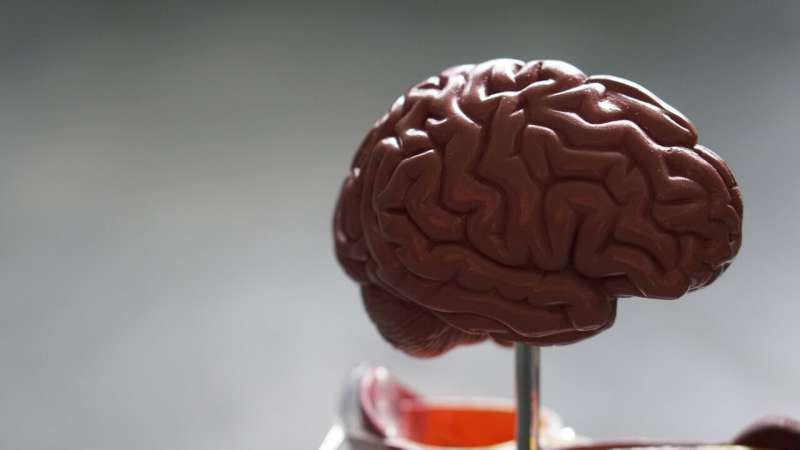
The potassium channel KCNQ3 is required for our brain to generate accurate spatial maps. In mice, defects in KCNQ3 function have measurable effects on the internal navigation system. The findings of a research team including researchers from FAU recently published in Nature Communications are also relevant for Alzheimer’s-type dementia research.
In addition to other physiological processes, potassium is required for muscle and nerve cell excitability. Potassium ions cross the outer cell membrane via a variety of ion channels and thereby generate electrical currents. Twenty years ago, Prof. Thomas Jentsch’s team at the Leibniz Research Institute for Molecular Pharmacology (FMP) in Berlin identified the genes encoding the potassium channel family KCNQ2-5 and demonstrated that mutations in KCNQ2 and KCNQ3 can cause hereditary epilepsy in humans. Pharmaceutical companies were able to develop targeted anti-epileptic drugs as a result of this pioneering research.
Now, teams of molecular biologists led by Thomas Jentsch and neurophysiologists supervised by Alexey Ponomarenko, professor at the Institute of Physiology and Pathophysiology at FAU, together with scientists at the University of Conneticut (USA) and the University of Cologne, have discovered that KCNQ3 may also play a role in Alzheimer’s disease and other cognitive disorders.
Precise navigation maps in the brain
Normally, the transmitter acetylcholine inhibits neuronal potassium flow, which is necessary for cortical excitability and thus for memory and attention. It is well established that Alzheimer’s patients gradually lose this cholinergic neuromodulation.
The current study examined the role of KCNQ3 channels in the neuromodulation of the brain’s navigation system. These place fields, a discovery for which a Nobel Prize was awarded several years ago, serve as an internal map for the brain. “We discovered how various signals generated by place cells under the control of KCNQ3 channels interact with brain rhythms to form precise spatial maps,” says Alexey Ponomarenko.
The knock-out mice with a defective KCNQ3 channel generated by Thomas Jentsch’s group revealed a different picture. Although the activity patterns of place cells in healthy mice followed a specific temporal and spatial pattern, in knock-out mice, the synaptic transmission by single or nearly simultaneous multiple (burst) signals of place cells was disorganized. “When bursts are fired, they typically have a certain rhythm. In the mutants, however, the bursts are not controlled by the rhythm, but are fired at completely random times or phases of the rhythm,” explains Prof. Ponomarenko. “This effectively suppresses single action potentials and creates an imbalance in the activity patterns of place cells.”
Combined with optogenetic experiments, recordings using silicon probes measuring 15 micrometers in thickness implanted in the hippocampus of freely behaving rodents, provided exciting insights into brain function. Additionally, the team members in America demonstrated that the absence of the KCNQ3 channel resulted in a significant decrease in neuronal potassium currents (here M-currents).
Source: Read Full Article